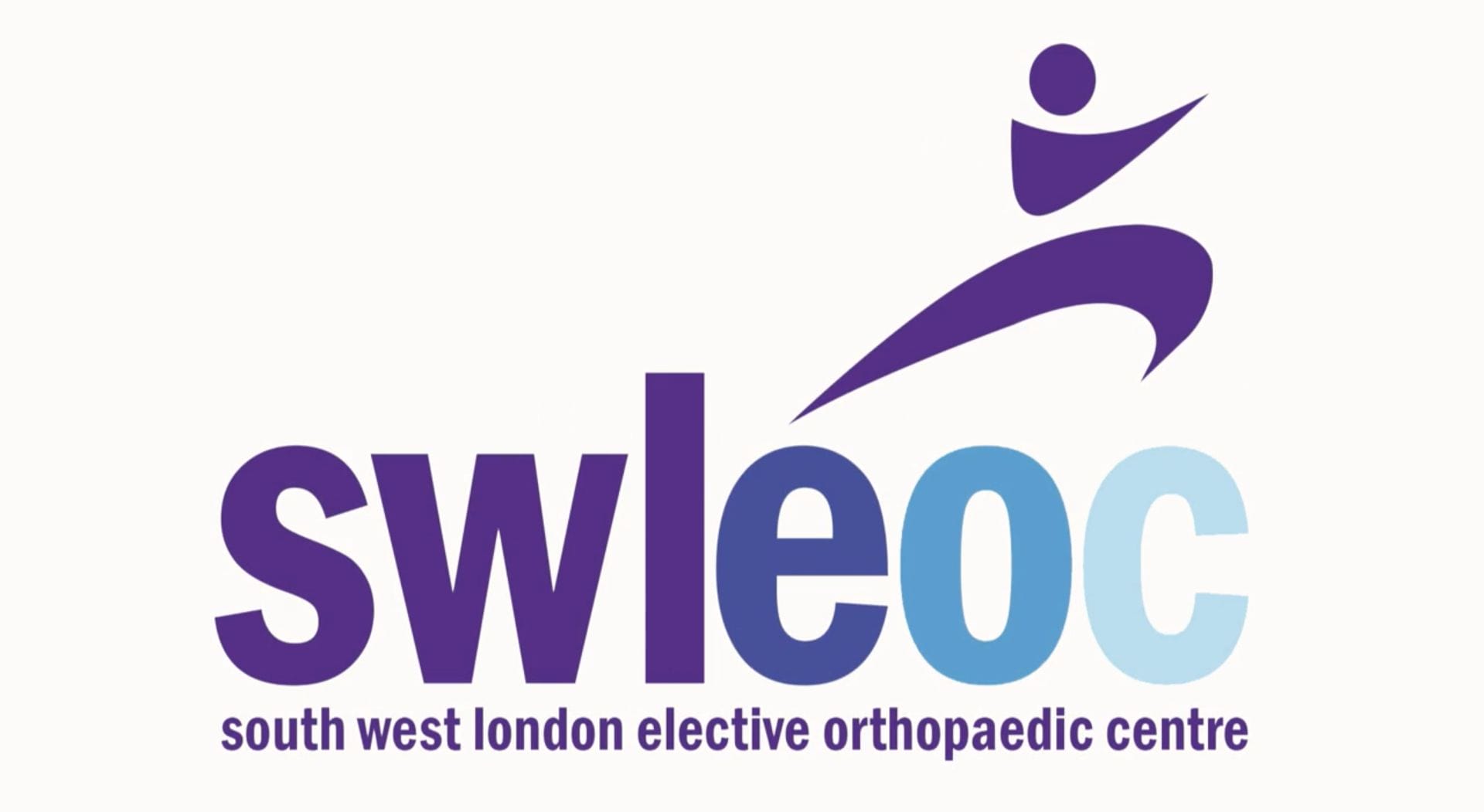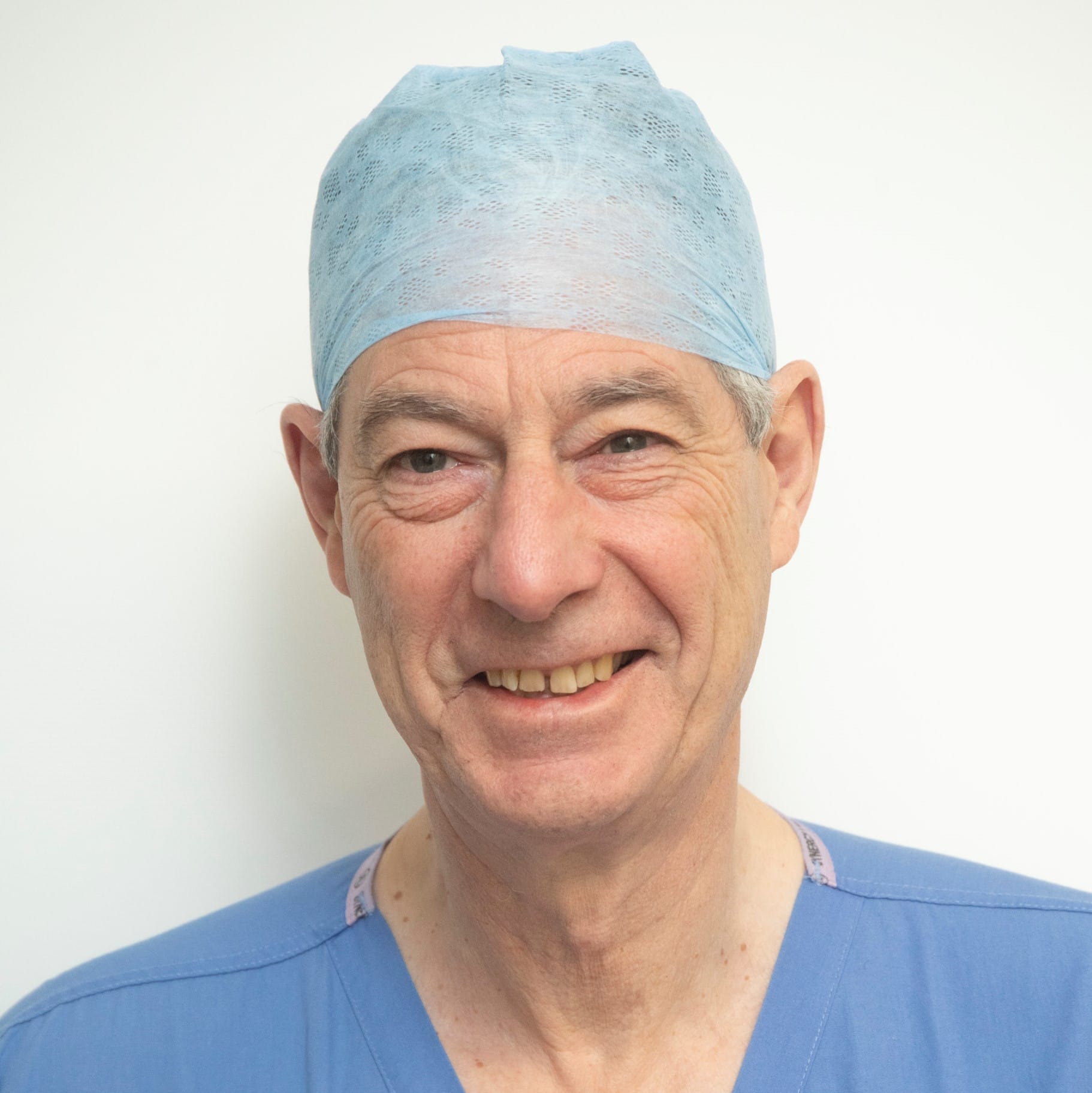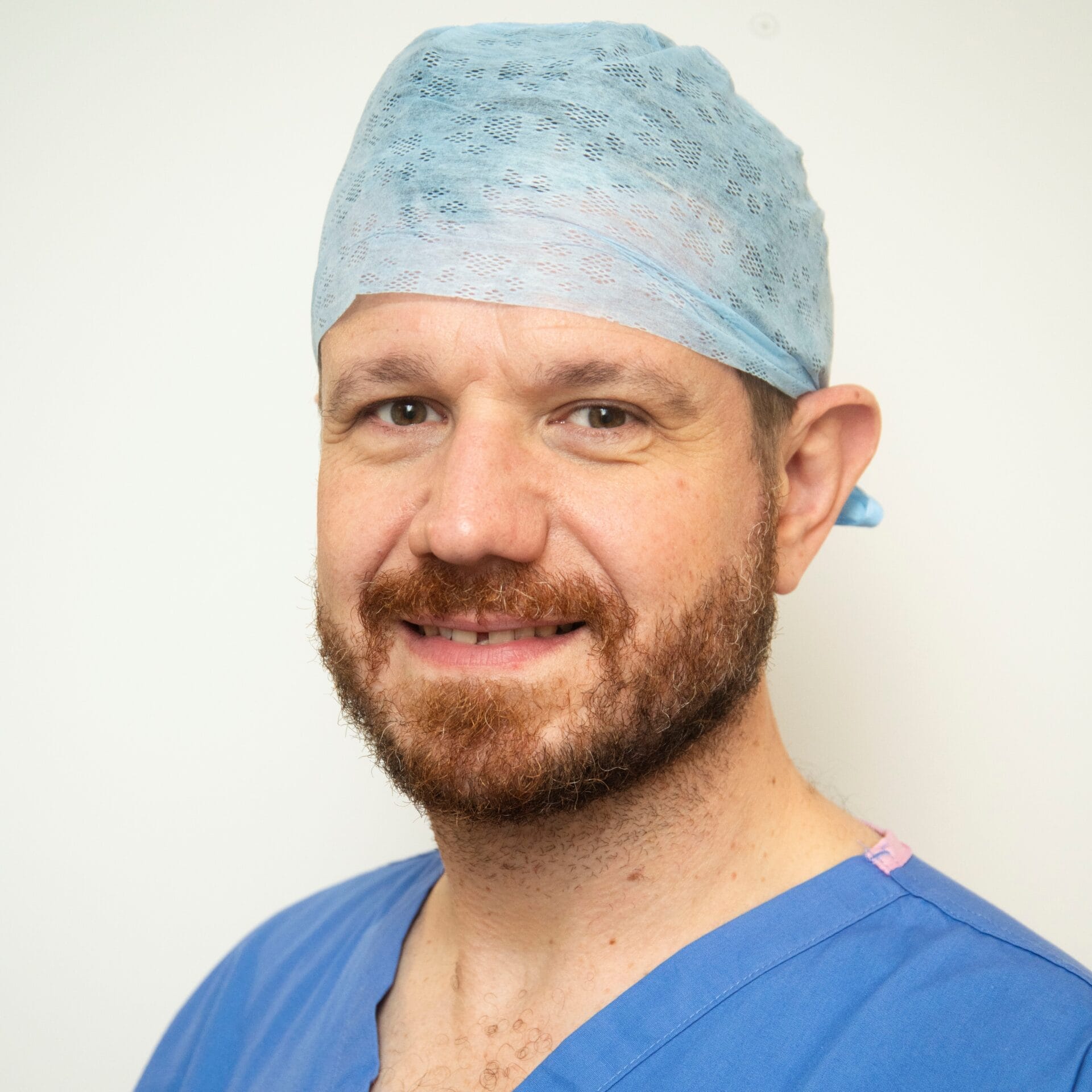Key-hole hip surgery (hip arthroscopy)
Femoro-Acetabular Impingement (FAI) Syndrome treated by key-hole hip surgery (hip arthroscopy)

Key-hole hip surgery is used to assess and treat conditions such as a labral tear.
Hip and groin pain can be difficult to diagnose. Femoroacetabular impingement was first described almost 100 years ago, however it has only been in the past 20 years that treatment options have been developed. In 2016, experts in the field of treating patients with FAI coined the term FAI syndrome.
‘FAI syndrome is a motion-related clinical disorder of the hip with a triad of symptoms, clinical signs and imaging findings. It represents symptomatic premature contact between the proximal femur and the acetabulum.’ Griffin DR, Dickenson EJ, O'Donnell J, et al. The Warwick Agreement on femoroacetabular impingement syndrome (FAI syndrome): an international consensus statement British Journal of Sports Medicine 2016;50:1169-1176.
Essentially, what this is saying is that a combination of the shape and design of an individuals hip joint in combination with the movements of certain activities, can lead to FAI. Once this becomes painful, then the criteria for FAI syndrome has been met.
Due to the complexity, and the fact that this is a relatively new and developing area of hip surgery, it is important to make sure that a clinical assessment is done alongside appropriate imaging to ensure that an accurate diagnosis is made.
Why would I need key-hole hip surgery?
1.
without significant of osteoarthritis.
2.
that continues despite specialist rehabilitation or physiotherapy.
3.
that interferes with normal day to day activities including sexual intercourse.
4.
that stops you from be able to participating in physical activity (sports, dancing, yoga, martial arts, etc.)
Risks
Below is a list of potential complications that has been published in the scientific literature. It is important to discuss these with your operating surgeon.
During the operation:
- Injury to the Acetabular Labrum and Articular Cartilage (Undefined)
- Injury to the Neurovascular Structures (Rare)
- Injuries Secondary to Traction (1-2%)
- Inadequate Osseous Reshaping (Most common cause for revision hip arthroscopy)
- Chondral Damage due to Misplaced Anchors (Undefined)
- Fluid Extravasation (Undefined)
- Hypothermia (Undefined)
Early Post-operative Complication:
- Infection (Less than 1%)
- Deep Vein Thrombosis (DVT) (Less than 1%)
- Instability (Undefined)
Late Post-operative Complications:
- Avascular Necrosis of the Femoral Head (Less than 0.001%)
- Adhesions (Undefined)
- Heterotopic Ossification (1%)
- Femoral Neck Fracture (Rare)
- Trochanteric Bursitis and Iliopsoas Tendinitis (Undefined)
Naoki Nakano and Vikas Khanduja. Complications in Hip Arthroscopy. Muscles Ligaments Tendons J. 2016 Jul-Sep; 6(3): 402–409. PMID: 28066747
Recovery time
Your surgeon and physiotherapist will tailor your rehabilitation according to your specific diagnosis and treatment. Below is a basic guide on what to expect in the weeks immediately following your surgery.
Week 0–2
Crutches until walking without a limp. No impact. Stationary bicycle as soon as comfortable.
Week 2–4
Return to desk based jobs. Return to driving.
Week 4-6
Phased return to work.
Week 6+
Phased return to impact activities such as running.






